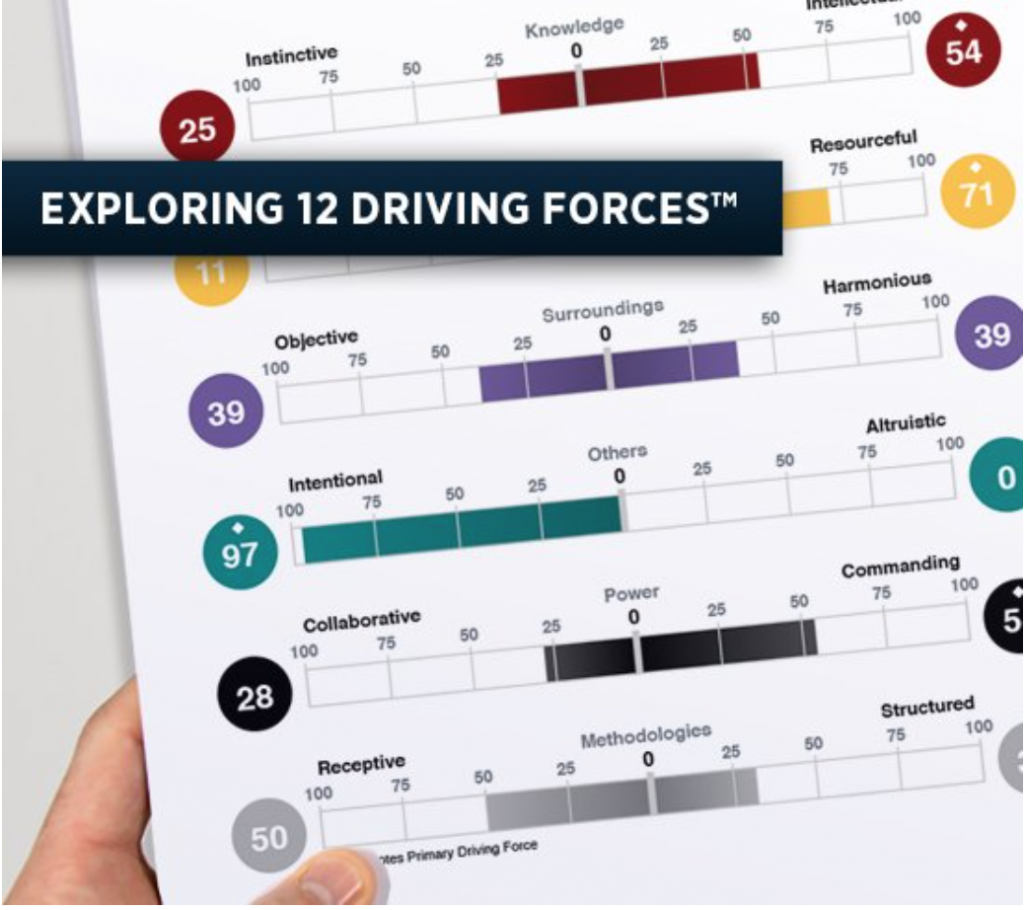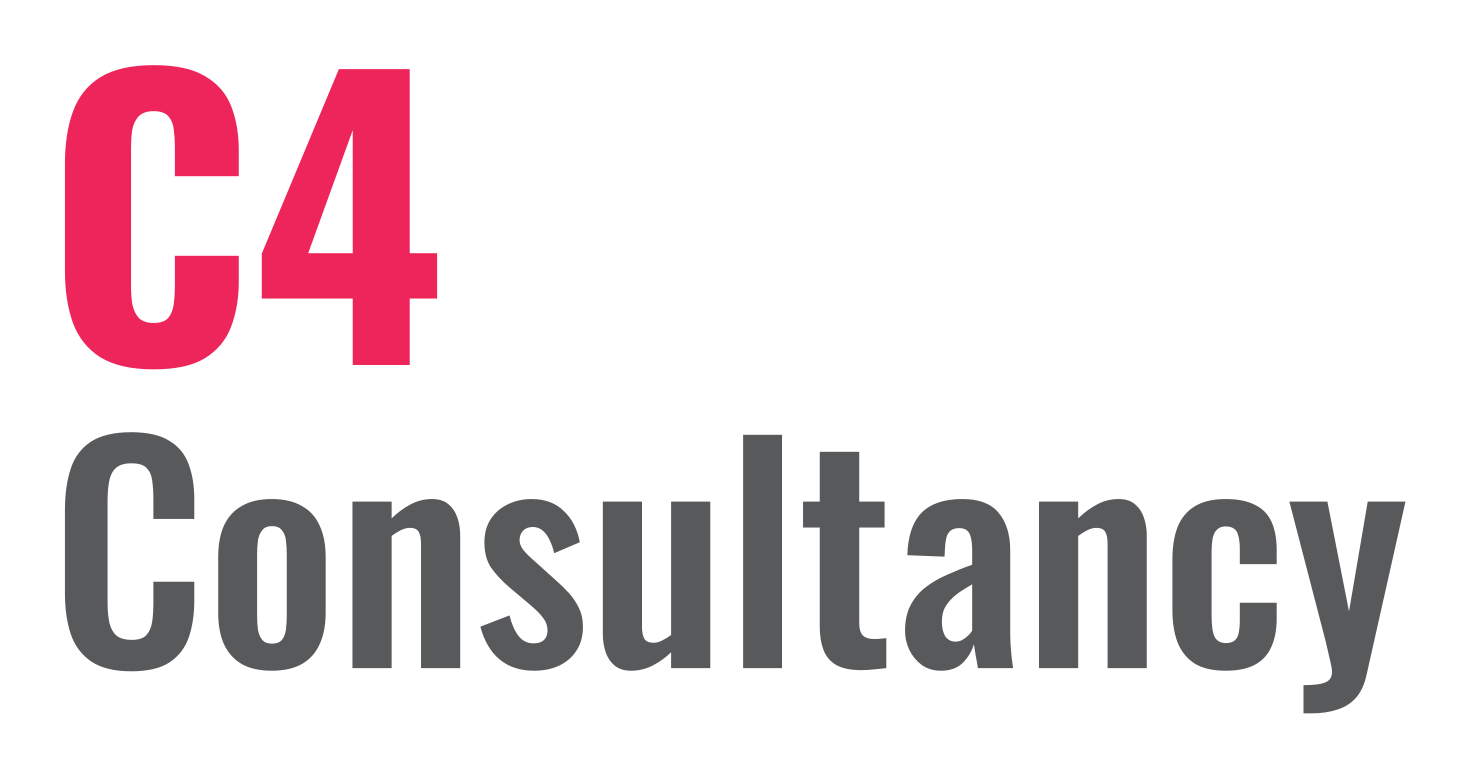DRIVING FORCES
What is Driving Forces?
Some nurse managers notice that some of their workforce or leadership group are not wholly engaged in the unit/department, don’t participate in extra projects, professional development or aligned with the vision or specialist identity of the unit. Motivation and engagement are connected and Driving forces is perfect to use in this instance.
12 Driving Forces™ is an advanced assessment that uncovers personal motivators or engagers. Driving Forces explains why people do what they do, what gets them excited, and what keeps them engaged.
When we have a framework to understand why people move to action, we are better equipped to influence, engage and lead.
What does driving forces measure?
Driving Forces explores the question: WHY do we move into action?
A motivator is a driving force or what we value and help determine what gives us joy, happiness, energy and purpose — at work and in life and feel dissatisfied if they are ignored. We are driven to fulfil these motivators and need to reconnect your leadership team with theirs again and get them to align these with the organisational goals.
The driving forces report
The Driving Forces profile is a 14-page report that takes a deep dive into the individuals key drivers and values.
There are 12 drivers measured by the assessment:
- Intellectual – Driven by opportunities to learn, acquire knowledge and the discovery of truth.
- Instinctive – Driven by utilising past experiences, intuition and seeking specific knowledge when necessary.
- Resourceful – Driven by practical results, maximising both efficiency and returns for their investments of time, talent, energy and resources.
- Selfless – Driven by completing tasks for the sake of completion, with little expectation of personal return.
- Harmonious – Driven by the experience, subjective viewpoints and balance in their surroundings.
- Objective – Driven by the functionality and objectivity of their surroundings.
- Altruistic – Driven to assist others for the satisfaction of being helpful and supportive.
- Intentional – Driven to assist others for a specific purpose, not just for the sake of being helpful or supportive.
- Commanding – Driven by status, recognition and control over personal freedom.
- Collaborative – Driven by being in a supporting role and contributing with little need for individual recognition.
- Structured – Driven by traditional approaches, proven methods and a defined system for living.
- Receptive – Driven by new ideas, methods and opportunities that fall outside a defined system for living.

Common uses for the driving forces report
The Driving Forces profile is commonly used in the following functions:
Training and Development for strategy and management :
- Leadership Development and professional effectiveness
- Working with a manager so they better understand their team.
- Communication Effectiveness, Emotional Intelligence
- Team Effectiveness, engagement and motivation
- Coaching/Mentoring Relationships
- Re-engagement programs
